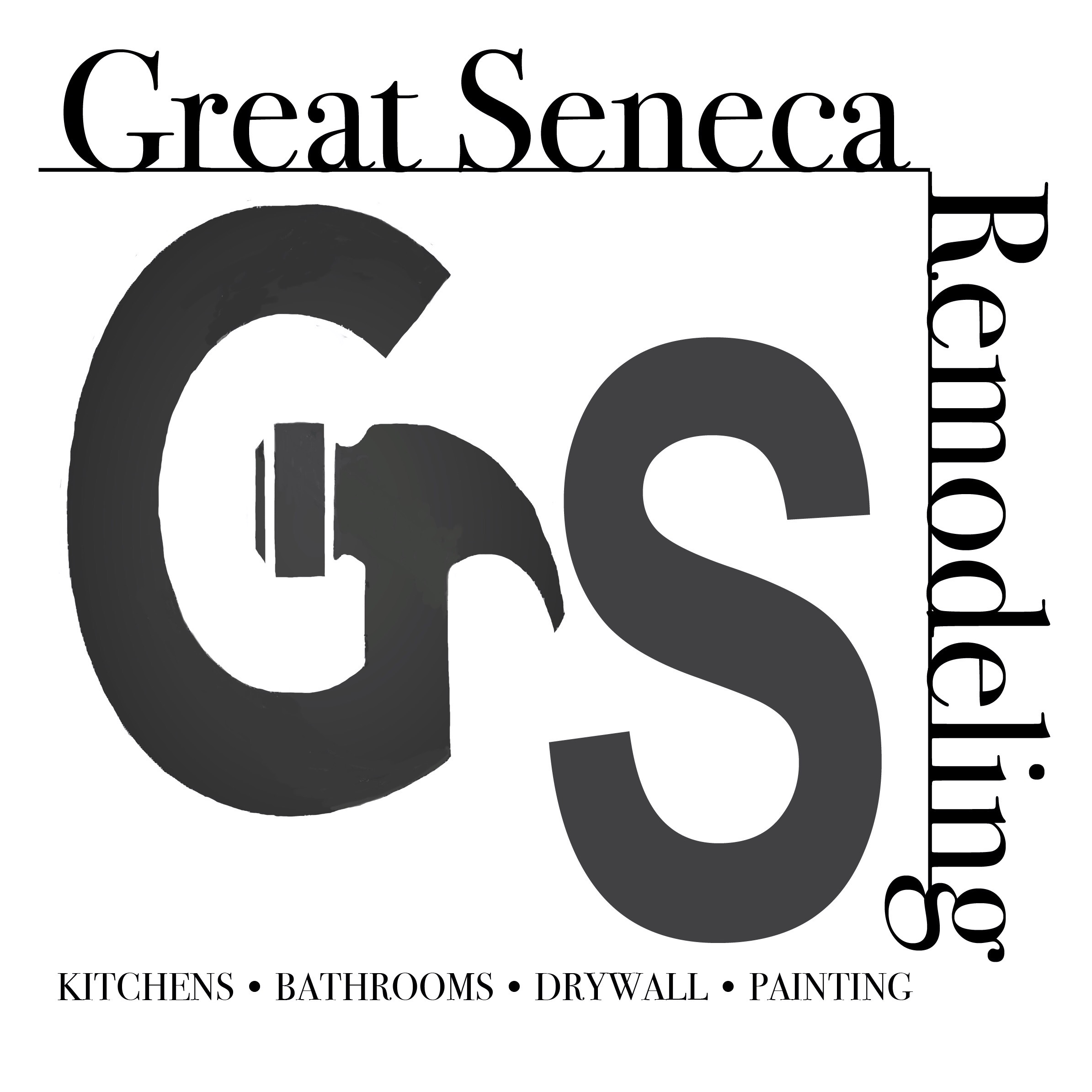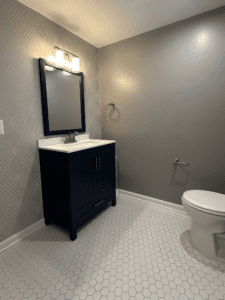Choosing the right paint color is an essential step in any basement remodeling project. The right hues can transform a dark, potentially uninviting space into a warm, functional, and stylish extension of your home. If you’re working with a basement remodeling contractor in Frederick, MD, they can help you select colors that complement your vision while addressing the unique challenges of basement spaces. Here are some of the best paint colors to consider and the pros and cons of each.
1. Light Neutrals
Light neutral tones, such as beige, cream, and light gray, are a classic choice for basement walls.
Pros:
- Reflect light, making the space feel larger and brighter.
- Versatile and pair well with a variety of furniture styles.
- Create a timeless and sophisticated look.
Cons:
- May feel too safe or plain without colorful accents or textured décor.
- Can show dirt or scuffs more easily than darker colors.
2. Soft Pastels
Soft pastels, like pale blue, mint green, or blush pink, add a touch of color while maintaining a light and airy feel.
Pros:
- Add subtle personality to the space without being overwhelming.
- Promote a calming and welcoming atmosphere.
- Work well in family rooms or play areas.
Cons:
- May not suit every design theme, such as industrial or modern styles.
- Require careful pairing with furniture and décor to avoid a juvenile feel.
3. Cool Grays and Blues
Cool tones, including shades of gray and blue, bring a sleek and modern vibe to basements.
Pros:
- Help create a relaxing and tranquil environment.
- Complement contemporary designs and neutral furnishings.
- Camouflage imperfections on walls better than lighter colors.
Cons:
- Can feel too cold or impersonal if not balanced with warm lighting or accents.
- May darken a basement that lacks sufficient natural light.
4. Earthy Tones
Warm earthy colors, such as terracotta, olive green, or taupe, make basements feel cozy and inviting.
Pros:
- Create a grounded, natural ambiance perfect for lounge spaces.
- Pair well with wood furniture and rustic accents.
- Mask dirt and scuffs effectively.
Cons:
- Can make small or low-ceilinged basements feel more enclosed.
- Require thoughtful lighting to avoid looking dull or heavy.
5. Bold Accent Walls
Using bold colors like navy blue, deep green, or charcoal for an accent wall can add drama and depth.
Pros:
- Make a statement and create a focal point in the room.
- Allow for creative expression without overwhelming the entire space.
- Pair well with lighter colors on adjacent walls.
Cons:
- May shrink the perceived size of the room if overused.
- Require strategic placement and balance with lighter tones.
6. Pure White
White walls are a minimalist choice that can brighten any basement.
Pros:
- Maximize light reflection, making the space feel brighter.
- Provide a blank canvas for colorful furniture and artwork.
- Ideal for modern or Scandinavian design themes.
Cons:
- Can feel stark or sterile without proper accents.
- Prone to showing dirt, smudges, and wear over time.
Tips for Choosing the Right Paint Color
- Consider Lighting: Basements often have limited natural light, so choose colors that work well under artificial lighting.
- Think About Functionality: The purpose of your basement (e.g., family room, home gym, office) can influence the best color choice.
- Test Samples: Always test paint samples on your walls to see how the colors look in your specific space.
Final Thoughts
Selecting the right paint color is about more than just aesthetics; it’s about creating a space that fits your needs and enhances your home’s overall value. Collaborating with an experienced basement remodeling contractor in Frederick, MD, ensures that your color choices align with your design goals and the unique characteristics of your basement. With the right color palette, your basement can become a beautiful and functional part of your home.


